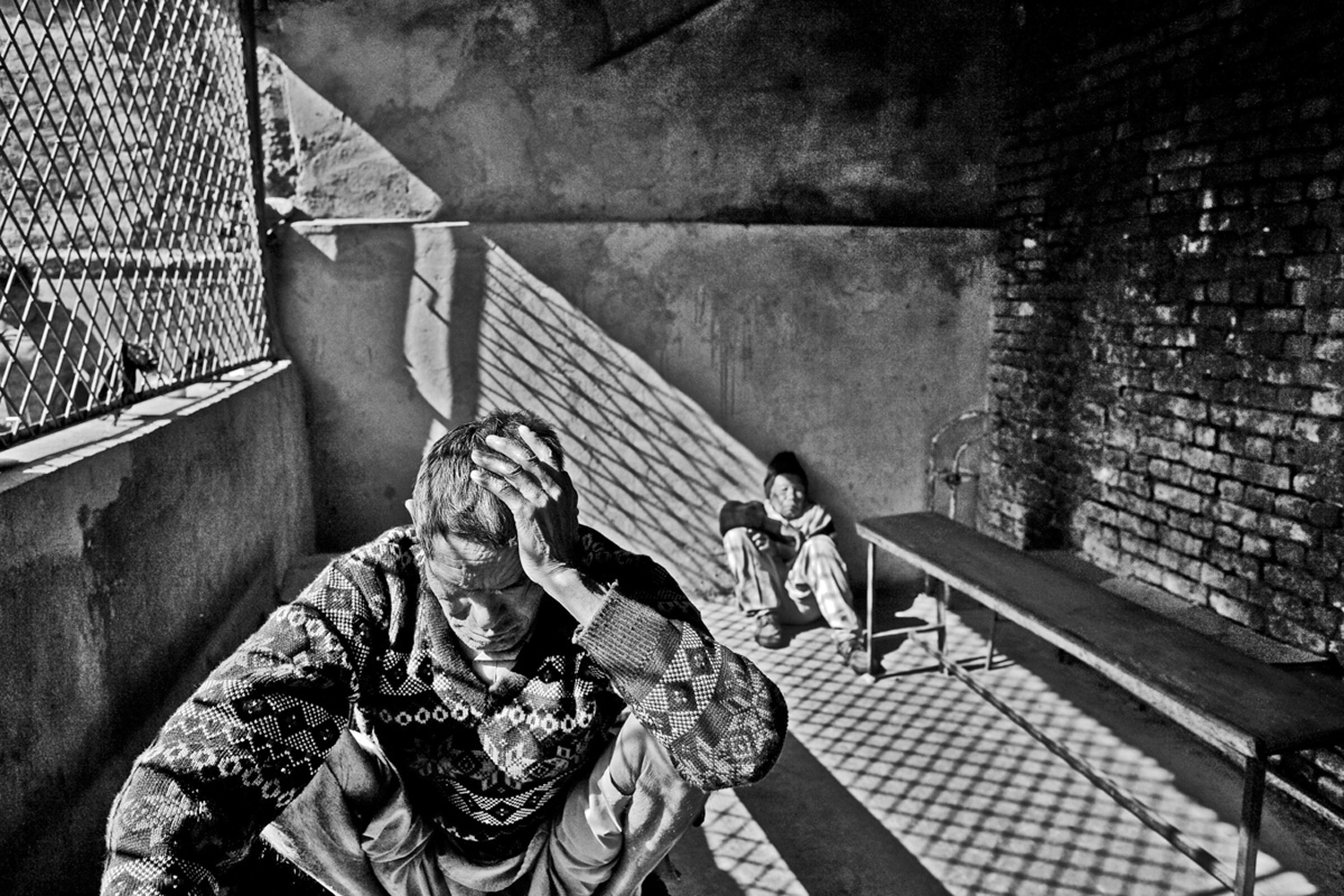
The Pashupatinath temple in Kathmandu is one of Nepal’s holiest sites. Until the country was transformed into a secular republic in 2008, the temple’s deity — an iteration of the Hindu god Shiva — served for nearly three hundred years as the patron spirit of this Himalayan kingdom. Generations of Nepalese monarchs derived legitimacy from its shrines and pilgrims from across South Asia continue to flock to its stone steps.
Those living in its environs include a clutch of elderly people, “orphaned” and destitute, the sort of folk that temples across the region gave shelter and sustenance to for centuries. But on his explorations by the outskirts of Pashupatinath in December 2010, photographer Dan Giannopoulos found many of these elderly living in dire conditions. His pictures — stark and grim — capture a desperate scene. He says, “I found a number of residents on different occasions had been left immobile and agitated on the floors of communal areas, sometimes in the bright sunlight, dehydrated, sometimes in their own excrement, often covered in flies.“
The elderly orphanage is nominally run by the government, which speaks volumes for why it’s in such a miserable state. Nepal, an impoverished country of 40 million, suffers from some of the world’s most dysfunctional politics. An internationally-monitored peace process started in 2006 with the aim of reconciling the country after a decade-long civil war that saw some 13,000 deaths. The authority of the Nepali monarchy was dissolved and Maoist guerrillas who had once lurked in hills and jungles entered the political process as one of the country’s biggest democratic parties. But political sparring, infighting and inertia have crippled Nepal. Three years after it was elected, the country’s legislature has yet to even agree upon a Constitution for the new secular republic. Coalitions and ruling governments continue to splinter and fall—the latest Prime Minister resigned his post Aug. 13.
All the while, the country’s economy lurches in the doldrums, propped up by aid handouts from increasingly exasperated foreign donors. Power and fuel shortages routinely grip Kathmandu, bringing daily life to a halt. Nepal’s growth rate remains middling, while countless Nepalese are forced to abandon their country for jobs in the Gulf states, India, and further afield in Southeast Asia. In 2010, over a fifth of Nepal’s GDP came from remittances sent back home by hundreds of thousands toiling abroad.
In this context, the plight of these forsaken elderly seems almost an afterthought. But, says Giannopoulos: “At the very least, on the most basic humanitarian level, the international community needs to ask questions of the current healthcare funding situation in Nepal.” The photographer intends to do his part, and is seeking avenues for funds and partnerships with NGOs to improve the lot of these marooned elderly, so the twilight of their years can be lived out with more grace than their circumstances provide.
Dan Giannopoulos is a member of Aletheia Photo Collective, an independent cooperative of photojournalists covering underreported socioeconomic and humanitarian issues. He is currently working on a long term project that focuses on the differences in the treatment of society’s elderly with particular emphasis on geographical and social divides in diagnosis and understanding of the degeneration in the mental faculties of the elderly.
Ishaan Tharoor is a writer-reporter for TIME and editor of Global Spin. You can find him on Twitter at ishaantharoor. You can also continue the discussion on TIME’s Facebook page and on Twitter at @TIMEWorld.

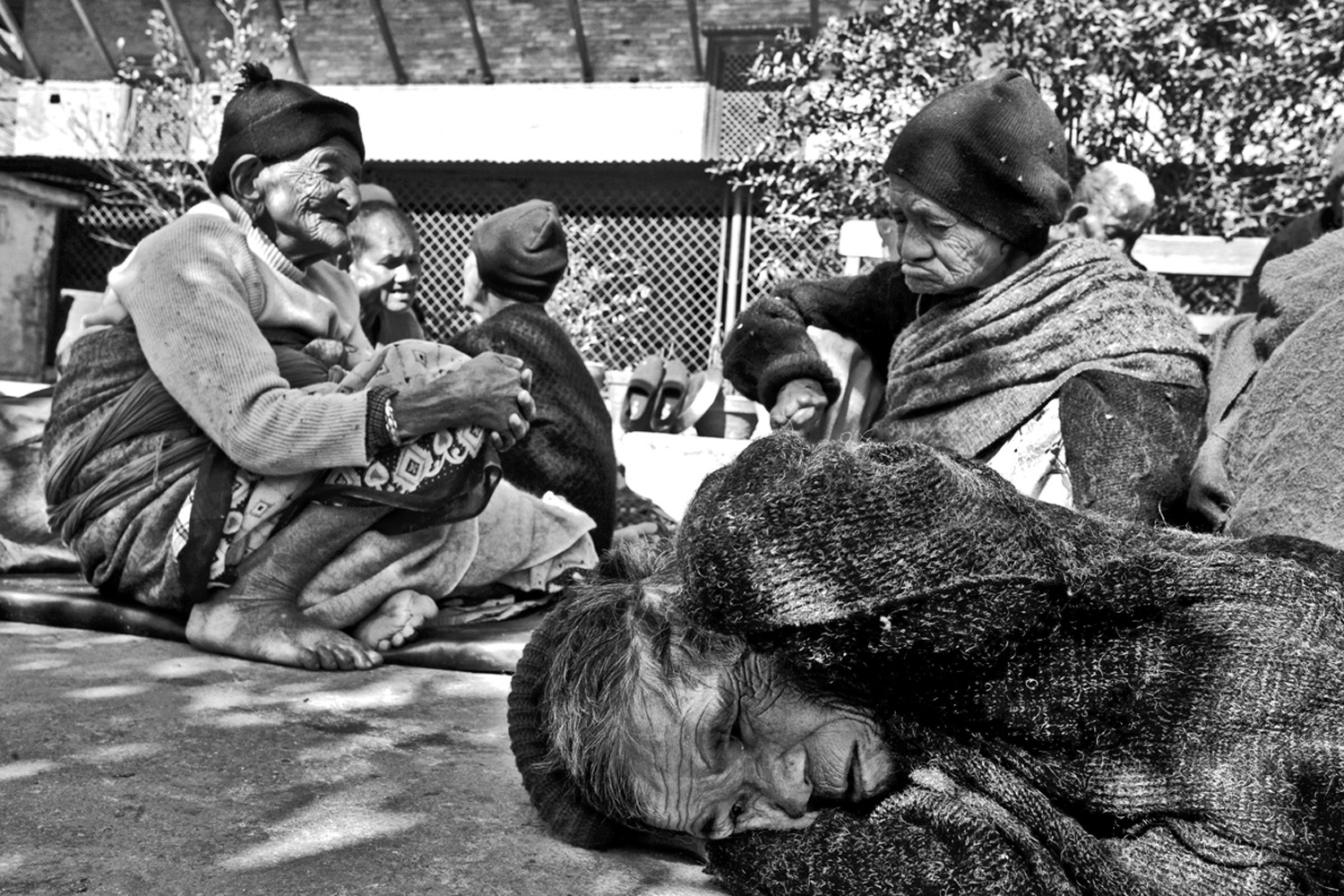
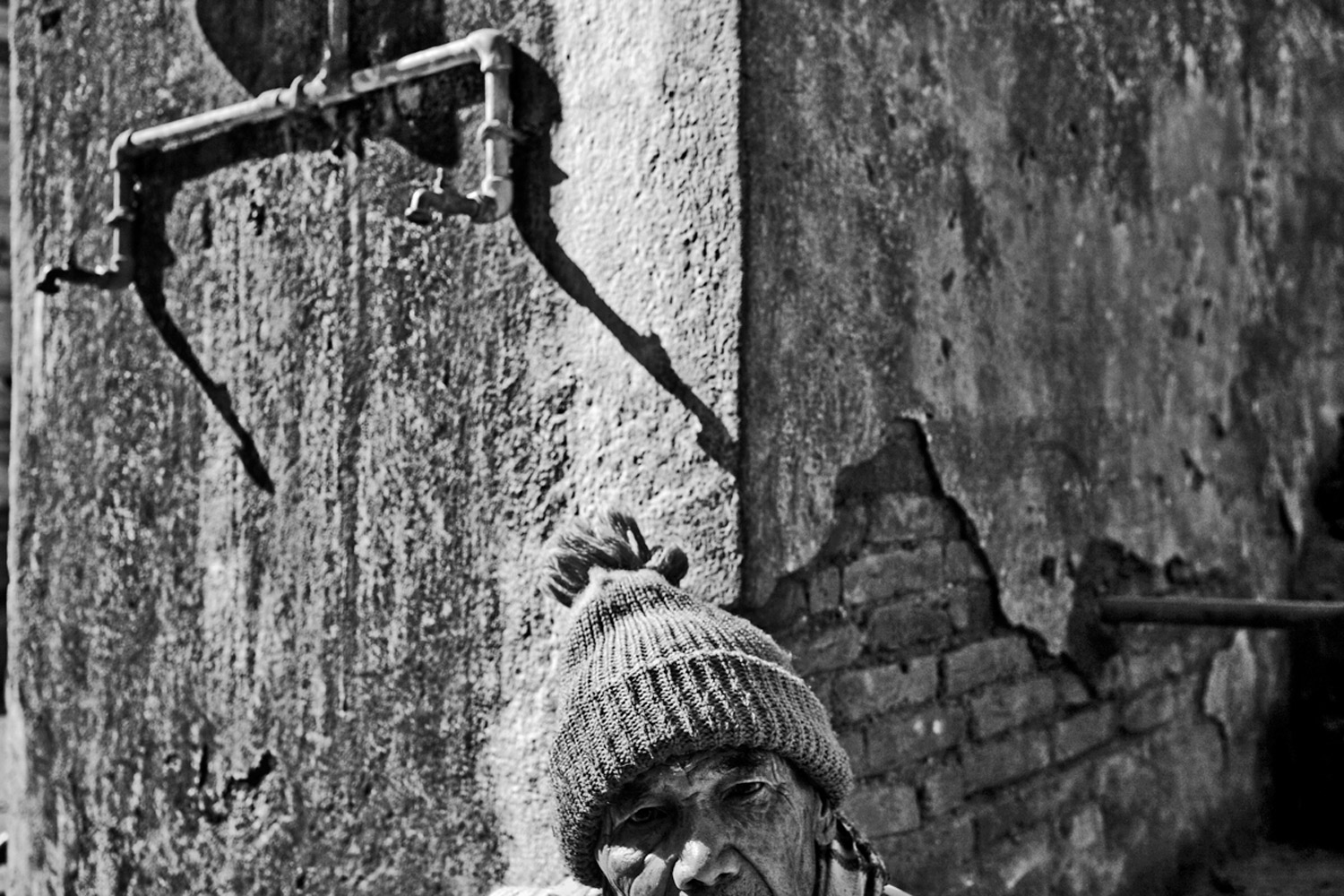
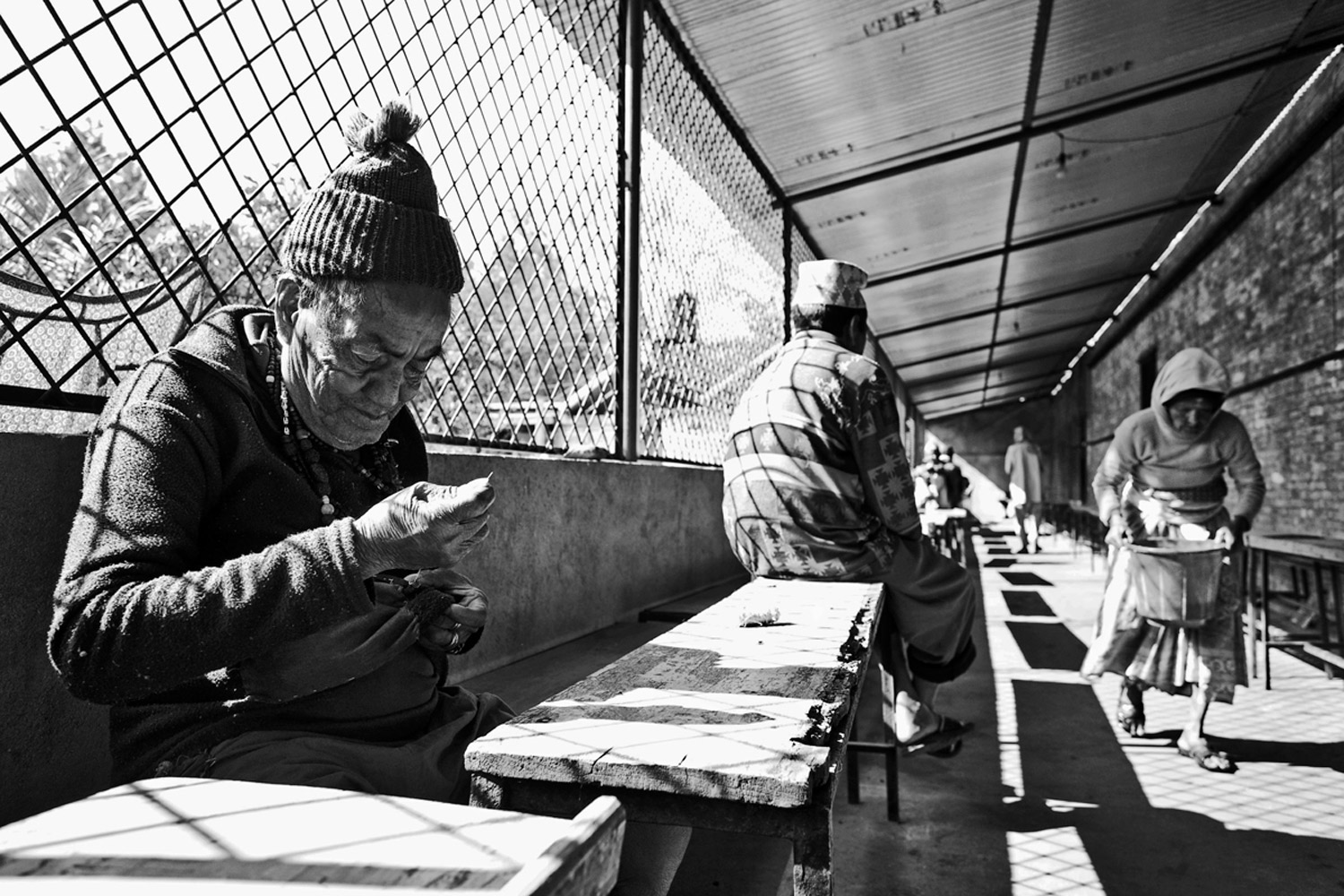
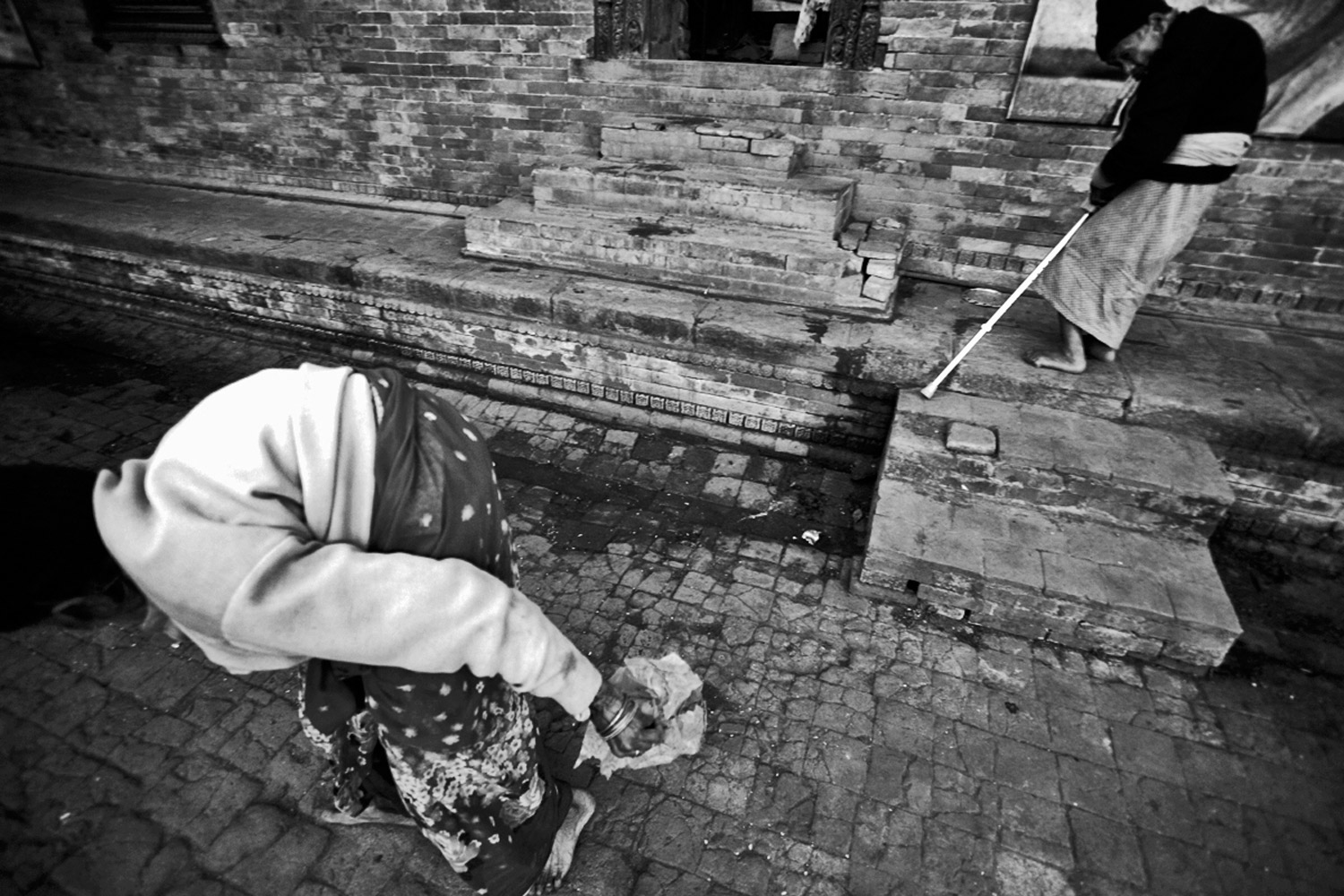
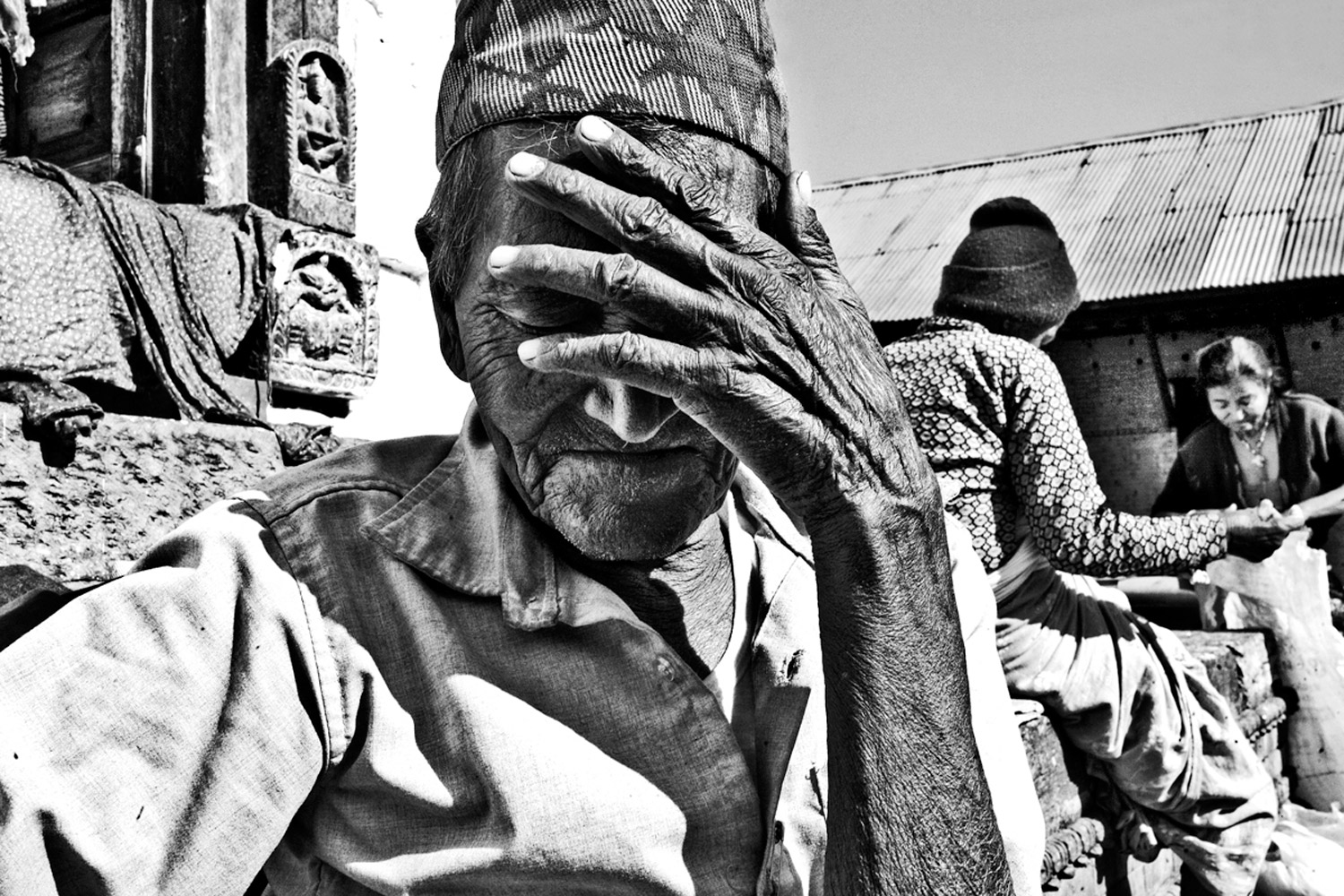

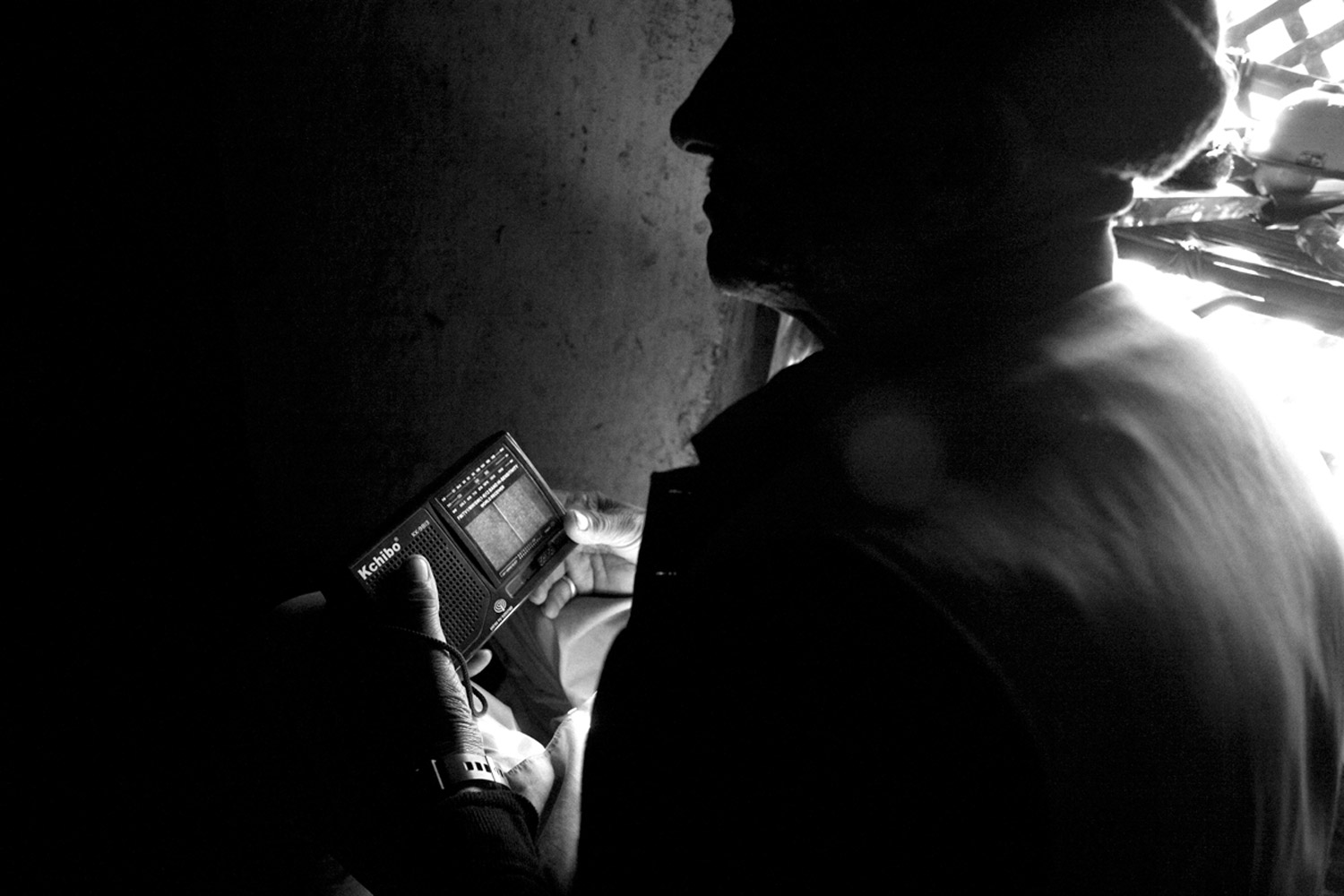
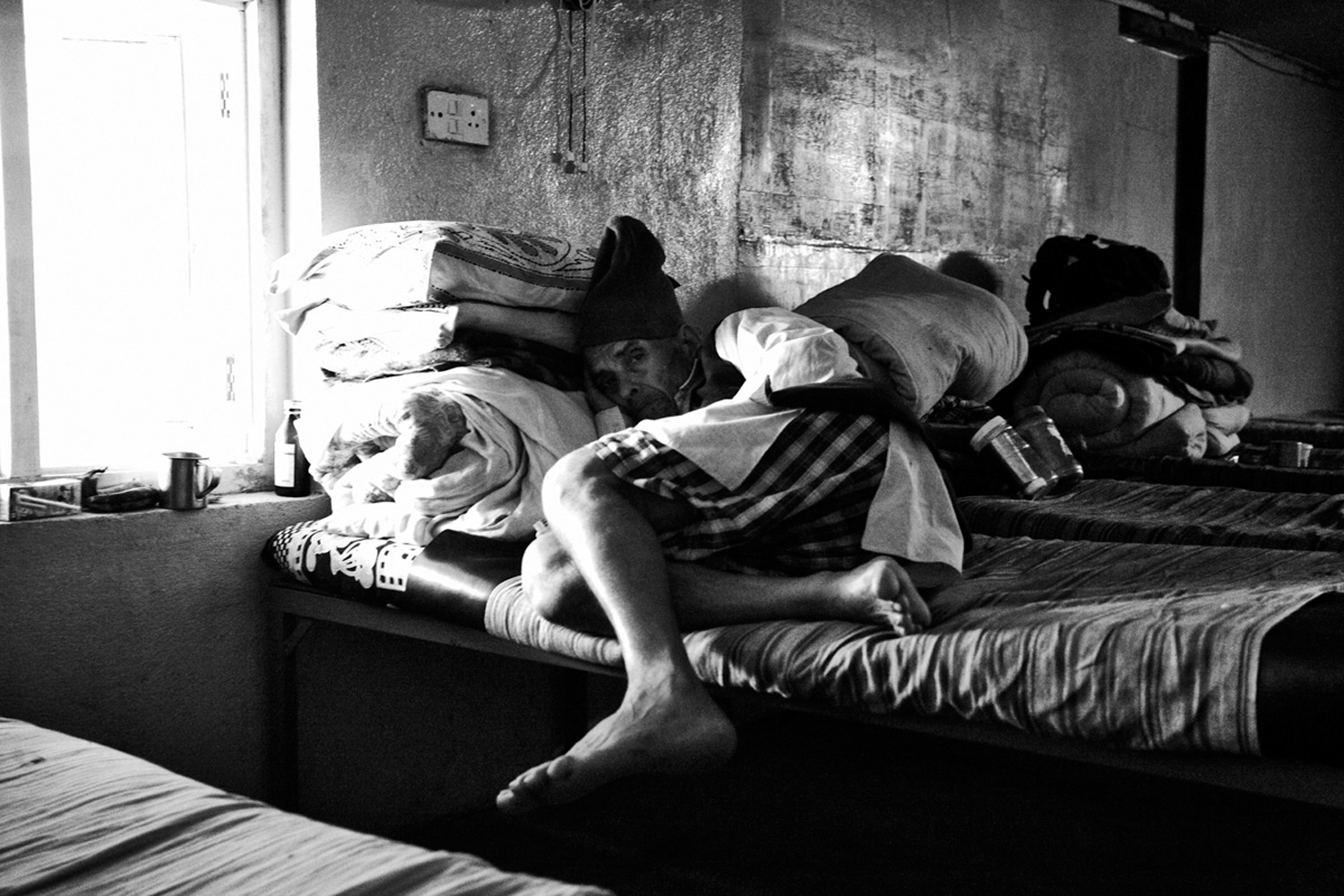


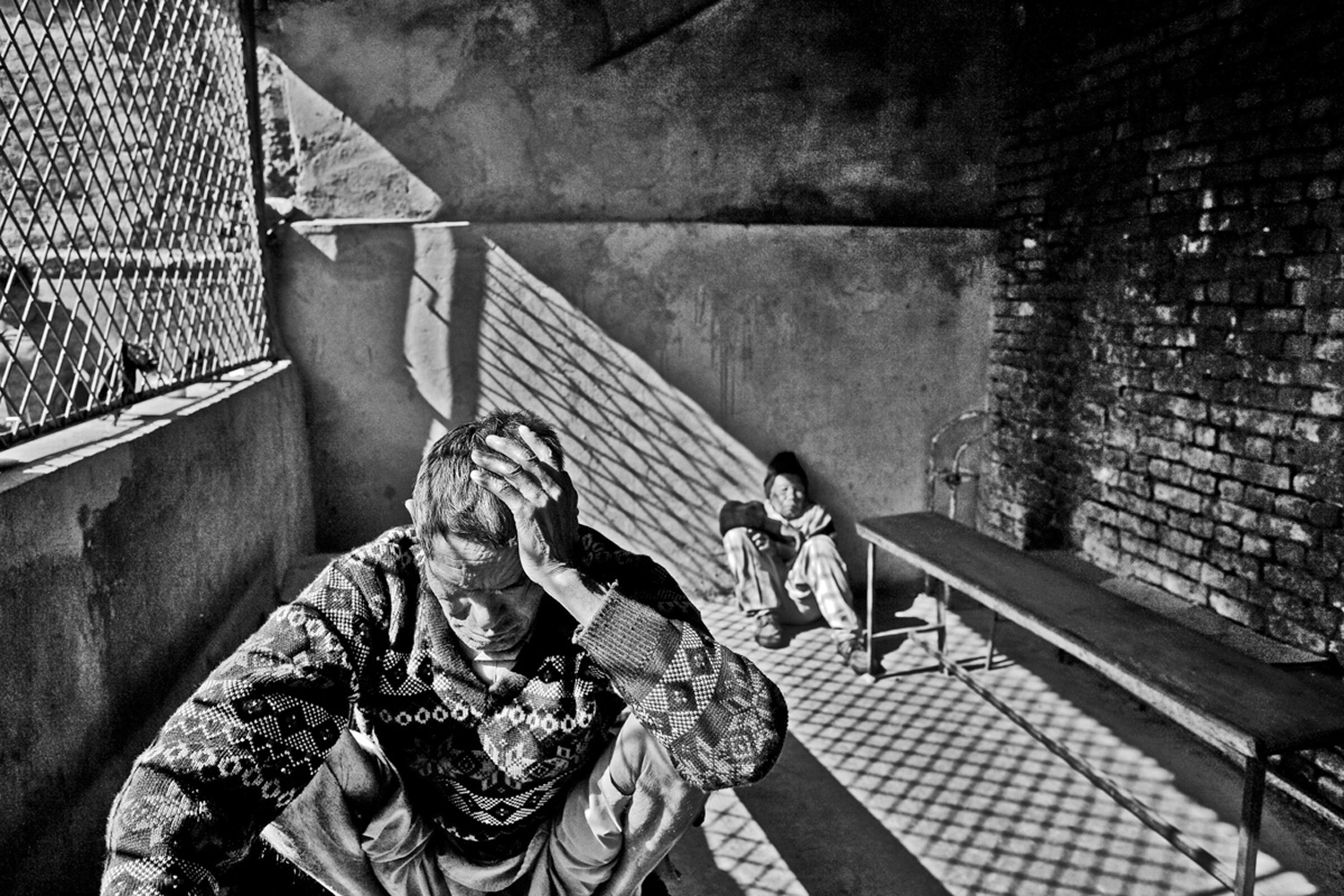
More Must-Reads from TIME
- Your Vote Is Safe
- The Best Inventions of 2024
- How the Electoral College Actually Works
- Robert Zemeckis Just Wants to Move You
- Column: Fear and Hoping in Ohio
- How to Break 8 Toxic Communication Habits
- Why Vinegar Is So Good for You
- Meet TIME's Newest Class of Next Generation Leaders
Contact us at letters@time.com